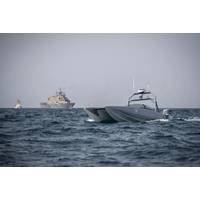
Unmanned Maritime Systems Development Accelerates
There is little question that world militaries see the value of unmanned systems to complement their manned counterparts. The wars in Iraq and Afghanistan accelerated the development of unmanned aerial systems and unmanned ground systems to meet urgent operational needs. Now, there is increasing interest in unmanned surface systems, resulting in their placement on an accelerated development path.Like their air and ground counterparts, these unmanned surface systems are valued because of their ability to reduce the risk to human life in high threat areas, to deliver persistent surveillance over areas
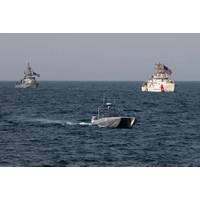
U.S. Navy: Unmanned Maritime Systems Development Accelerates
There is little question that world militaries see the value of unmanned systems to complement their manned counterparts. The wars in Iraq and Afghanistan accelerated the development of unmanned aerial systems and unmanned ground systems to meet urgent operational needs. Now, there is increasing interest in unmanned surface systems, resulting in their placement on an accelerated development path.Like their air and ground counterparts, these unmanned surface systems are valued because of their ability to reduce the risk to human life in high threat areas, to deliver persistent surveillance over areas
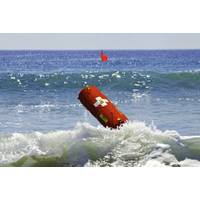
EMILY: Hydronalix Finds new Uses for Unmanned Surface Vessel Technology
capabilities, from gateway communications buoys, covert surveillance platforms, mine hunters and infrastructure inspection systems. “About 18 years ago I worked on STTRs and SBIRs with a small company, Advanced Ceramic Research (ACR), which made unmanned aircraft that were used in Iraq and Afghanistan,” said Tony Brescia, a systems engineer with the Naval Air Warfare Center Aircraft Division at Patuxent River, Md. “Some of the aircraft systems and technologies we developed together are still flying with the Air Force and NOAA.”Photo courtesy Hydronalix That small

Morneau Joins ThayerMahan to advise on UXO, MEC
Explosive Ordnance Disposal (EOD) and Deep-Sea Diving Officer in the Department of Defense. Notable assignments in his military career include: Command of EOD Mobile Unit EIGHT; All Atlantic Fleet EOD Forces; Navy Expeditionary Combat Forces (TASK FORCE 56) throughout the Arabian Gulf, Iraq, and Afghanistan; and global Commander of the 20,000 Sailors and 138 commands comprising the Navy’s Expeditionary Combat Forces. While in command, his units received numerous commendations for assigned missions.Morneau earned a B.S. in Oceanography from the US Naval Academy and an M.A. in National Security

TDI-Brooks Hires Byno
to the Department of Defense, Intelligence Community and Executive Branch.He previously served in the U.S. Marine Corps where he was a Member of a Marine Special Operations Command team in which he performed airborne and combat dive operations, air reconnaissance, and direct action in regions of Iraq, Afghanistan and northern Africa. He received an Honorable Discharge in October of 2006.

Unmanned Forces: Building a Multi-Domain Autonomous Fleet
capable of successful landing and take-offs, as well as maintaining airborne flight unaided by a pilot. There are also legal challenges such as airspace restrictions and increasingly tight regulations. However, the value that aerial drones have proven to add to operations, for example in Iraq and Afghanistan, means that there has been substantial investment and R&D despite the challenging environment. Investment has been such that unmanned aerial vehicles have branched out from their early roots in the military domain out into commercial markets where they are commonly used for surveillance, survey
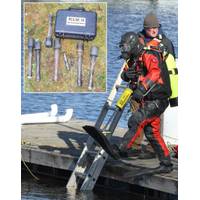
Fishers Equipment Helps Locate Weapons and Explosives
and remove them. One of the groups working the problem is the Japan Mine Action Service (JMAS), a non-profit engaged in humanitarian activities to create better and safer living conditions. Since its inception in 2001, JMAS has implemented UXO clearance projects in a host of countries from Japan to Afghanistan. JW Fishers Pulse 12 boat-towed metal detector is assisting in these operations. The detector will locate both ferrous and nonferrous metals, an important feature as munitions can be made of a variety of metals including brass and steel. It’s large rectangular search coil can find metal
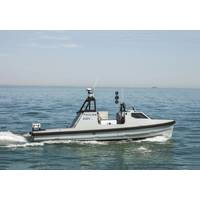
Thales Ready for UK Navy Unmanned Systems Test
surface vessel (USV). For the first time, Watchkeeper will be deployed in a maritime role using its I-Master radar to track small, fast incoming asymmetric threats, such as jet skis and high speed craft. Watchkeeper has previously only been used for essential land-tracking operations such as Afghanistan. Watchkeeper can offer the Royal Navy an immediate and assured Intelligence Surveillance Reconnaissance capability with an extended endurance of over 16 hours. Meanwhile, Halcyon will be demonstrating its remote mine-hunting capabilities after recently completing successful trials of
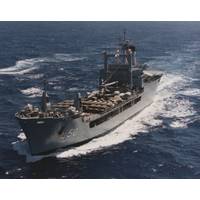
Australian Naval Vessels to Become Dive Wrecks
2015 and November 2015 respectively. Tobruk was used extensively during regional peacekeeping and humanitarian operations as well as border protection in Northern Australia. Sydney was deployed to the Persian Gulf on five occasions in support of operations during the Gulf War, War in Afghanistan and the 2003 invasion of Iraq. Closer to home, Sydney was involved to support Australia’s response to regional uprisings and humanitarian operations. “There are significant challenges with preparing ex-Navy vessels for dive wrecks to assure the safety of recreational divers
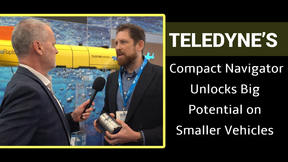
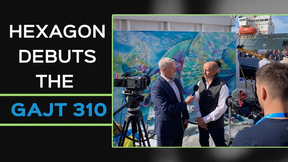
 February 2025
February 2025





